
Become an economic powerhouse in Gaming Minds’ new strategy epic
Hello again PlayStation fans! Today marks the release of our strategy title, Grand Ages: Medieval for PS4. To prepare would-be emperors we’ve created a special ‘How to Play’ video for PlayStation Blog that introduces you to the game mechanics, along with six tips to help you become a master trader.
To catch you up on our title, Grand Ages: Medieval is a grand-strategy title from Gaming Minds Studios and our first strategy title to be released on PS4. In Grand Ages: Medieval your goal is to use commerce, trade, diplomacy and war to conquer all 20 million kilometres of our Medieval Europe game world, set in the year 1050 A.D.
The path to becoming emperor is long, but these trading tips will help start you off on the right path to attaining economic dominance.
- First-time players should begin with the campaign mode, which provides a complete introduction to all the mechanics found in the game. When settling a new town in campaign or sandbox mode, look for a location that has the most varied resources so that you’re increasing the total amount of goods produced.
- There are 20 different goods that can be produced in the game. Not all goods are available from the beginning – some will have to be unlocked in the development chart. The more items you unlock, the easier it is to balance your economy. The best return on trade routes comes from creating routes among 4-5 towns that, in total, produce all the goods available in the game. The more items you unlock, the easier it is to balance your economy.
- Create diplomatic allegiances – as you begin, evaluate carefully who your neighbouring towns are and what they produce. In the beginning, you always have one trade agreement with a neutral town. Scout out other neutral towns nearby and strengthen your alliance with them to forge a trade agreement and generate profit from the start.
- Your goal should be to take control over neutral towns, so you should check the goods they are producing and try not to produce the same ones as redundant trade goods slow down your economic growth.
- Military mastery – in the beginning, it’s best to keep your standing army small as soldiers drain resources from the town they are closest to. Each troop also requires gold for their upkeep, which you can only afford once your economy has stabilized. Once you expand your territory further and run into AI enemies who have declared war on you, then that’s the time to heavily fortify your forces.
- Money talks – If a town leader is not receptive of your trade offers, you can outright buy more sympathy and influence with trade partners and eventually buyout the town leader wholesale. Long term trade is more cost effective, but sometimes the ‘golden rule’ is faster. Though to “buy” a town, you will need to be very popular with the populace. Selling goods that are in demand will increase your standing, as well as providing the best profit.
And there we have it! By following the tips outlined above, you’ll have the perfect financial platform to begin expanding your empire in Grand Ages: Medieval. Where you go from there is very much up to you – which lands will you conquer, which alliances will you forge and which resources will you best exploit to your advantage?
On behalf of everyone at Gaming Minds Studios, I really hope you have fun getting pulled into our sophisticated economy system.




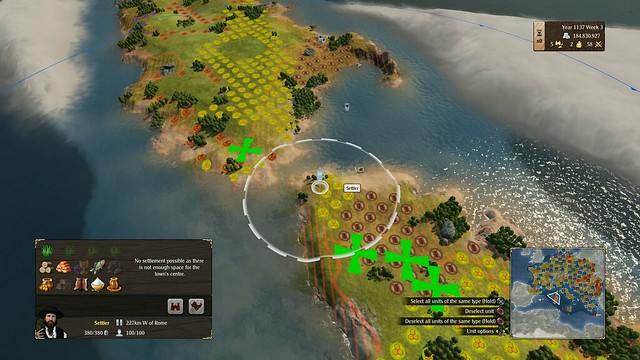
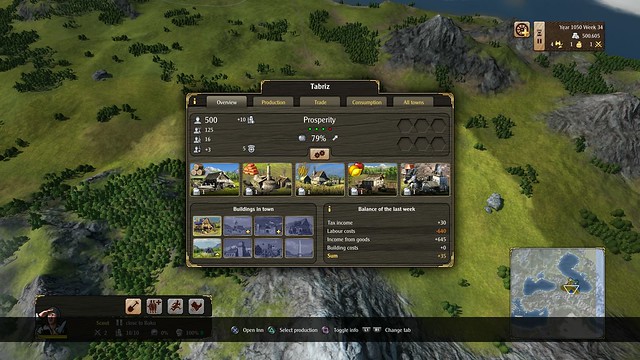
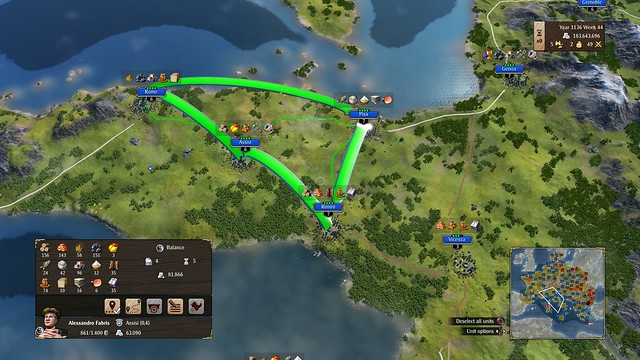
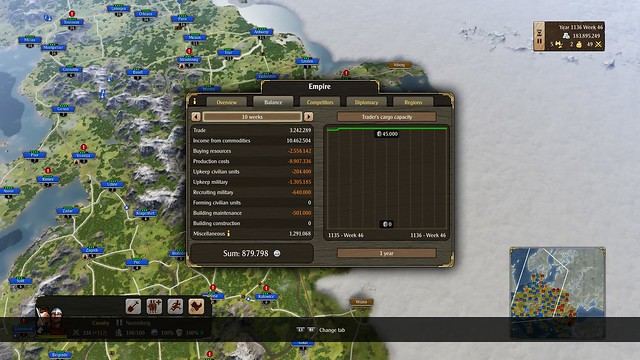
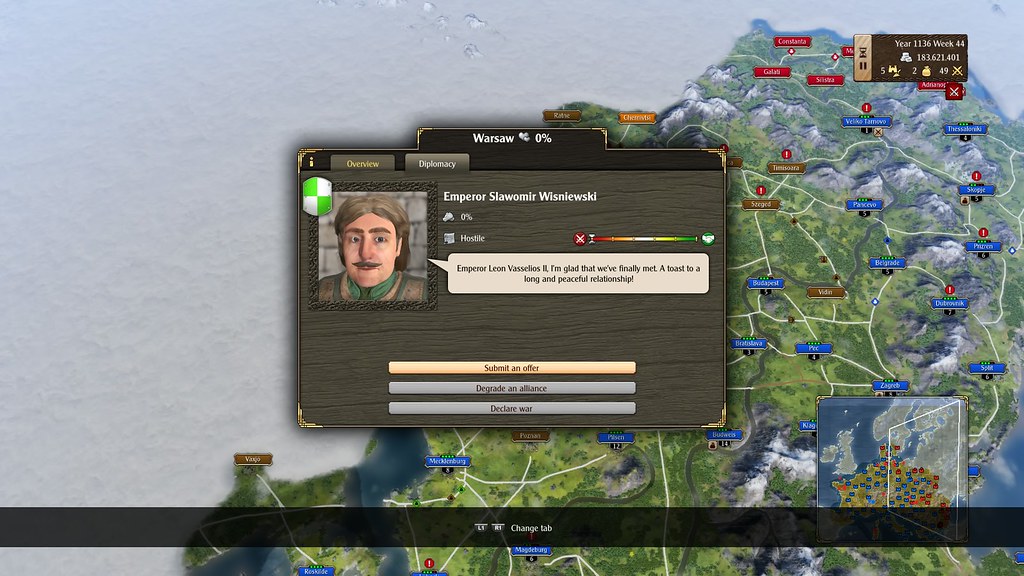
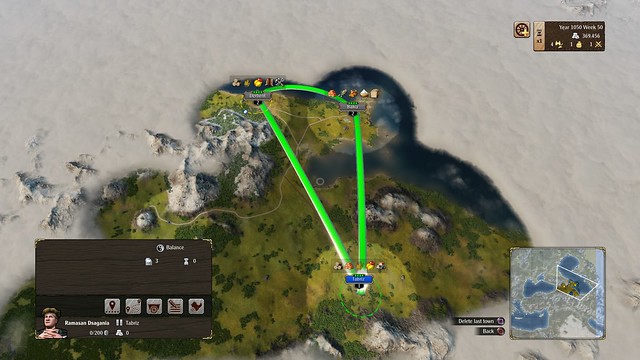



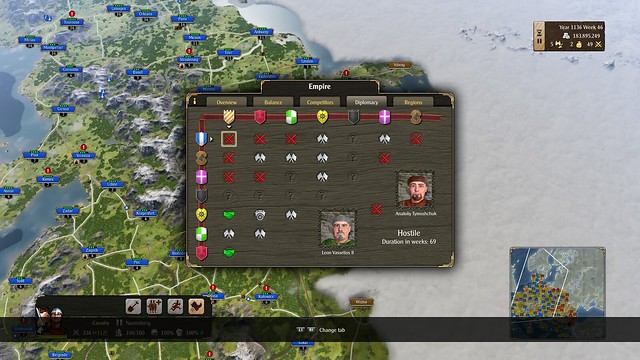
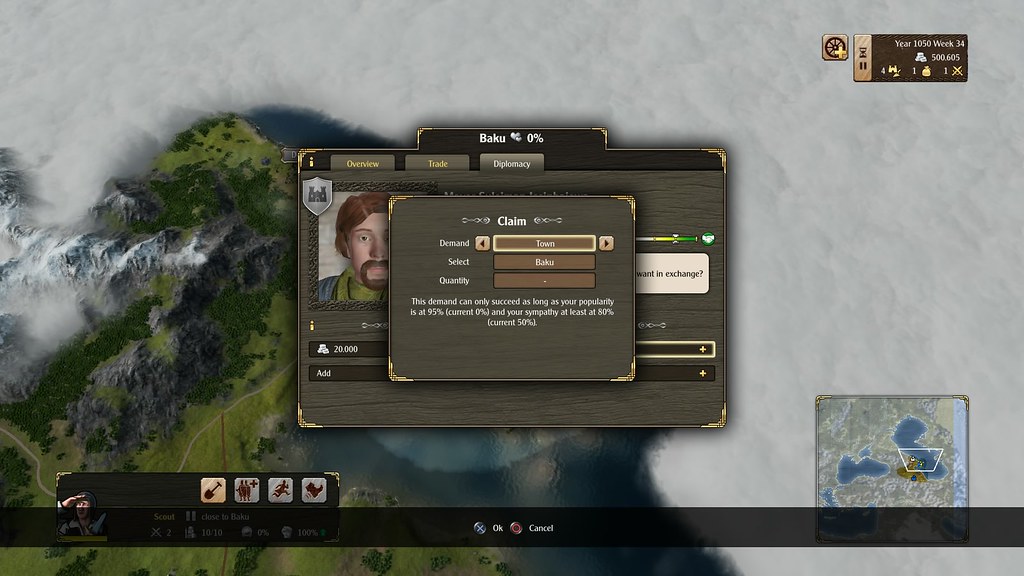








Join the Conversation
Add a CommentBut don't be a jerk!
8 Comments
Loading More Comments